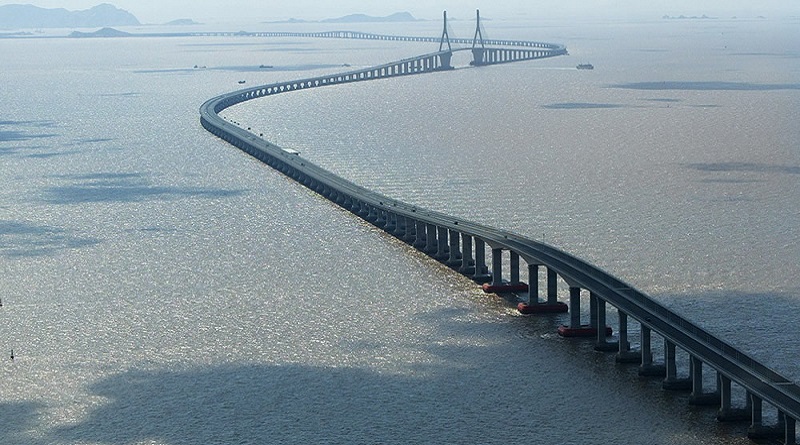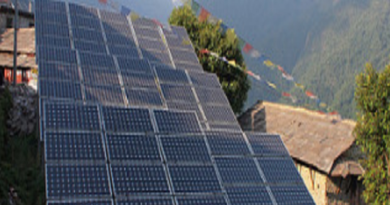China sets new targets, guidelines to tackle environmental damage
From boosting the number of water-saving toilets to increasing the production of electric cars, China has unveiled a raft of new targets and guidelines that seek to tackle some of the country’s most pressing environmental challenges.
China’s impressive economic growth over the last three decades has taken a heavy toll on the environment and the health of its people. Outdoor air pollution contributes to the deaths of about 1.6 million people every year. Around one fifth of the country’s farmland is polluted by heavy metals. And nearly 75 per cent of people in China list air and water pollution as major concerns.
To tackle these issues, China plans to introduce policies that steer people away from heavily polluting lifestyles and industries while raising people’s awareness of sustainable lifestyles, environmental protection and energy efficiency.
The new policy commitments, which were adopted on March 1 by 10 Chinese ministries, provide tangible goals that have the power to dramatically change consumption habits among ordinary households and citizens. By 2020, for example, energy-efficient appliances are expected to account for at least 50 percent of the market as the government encourages people to buy water-saving faucets, water-saving toilets, water-saving washing machines and other water-saving products.
To improve air quality in its cities and to bolster the growth of green transport, the government wants new-energy vehicles, such as electric cars, to account for more than 30 per cent of new vehicles bought by public institutions in 2016. By 2020, new energy vehicles will be widely used as the government increases the number of charging facilities for electric cars and lowers the cost of electricity.
As part of the new plans, the government has pledged to strengthen green public procurement, promote the use of green materials in the building sector, increase eco-labelling and create specialized wholesale stores to rival competitors that are selling cheap, high-energy products.
The guidelines also aim to tackle food waste by encouraging people “to order appropriate quantities at restaurants, and to take home leftover foodâ€.
The new “Guidelines on the Promotion of Green Consumption†aim to achieve several objectives by 2020:
Social awareness of the concept of green consumption with an emphasis on traditional Chinese values of thrift and promoting green production through supply-side reform
Long-term mechanisms promoting green consumption, including revising minimum environmental standards of products, expanding energy-efficiency product labelling, and introducing consumption taxes on high-energy products
Reduction of extravagant consumption and waste habits by addressing the issues created by increasing affluence in China, such as excessive food waste at the consumer stage
Increased market share for green products, including energy-saving cars, energy-efficient lighting products and green building materials
Healthier lifestyles with lowered carbon emissions and greener consumption patterns
In order to increase the supply of green products and services, such water-saving toilets, energy-efficient lighting and electric cars, China plans to support innovation in the private sector by boosting research and development into the design and manufacture of green products. The country’s transition towards a green economy will be supported with preferential taxes and consumption taxes as well as green credit lines from financial institutions.
The guidelines also plan to foster corporate social responsibility, increase the responsibility of companies working with toxic or hazardous waste, and improve product standards. Such measures include encouraging companies to publicly disclose their energy efficiency, water efficiency, environmental performance, carbon emissions and other relevant, environmental information.
Finally, to ensure the long-term survival of the measures promoted by the guidelines, the government plans to improve laws and regulations that promote a circular economy while strengthening standards systems and certification schemes. As part of this drive, high-energy and high-polluting products will be taxed at a higher rate.
This new policy has the potential to foment Sustainable Consumption and Production (SCP) patterns in the Chinese economy. SCP is an integral component of the 2030 Agenda for Sustainable Development and the main focus of Sustainable Development Goal (SDG)-12. If replicated by other countries in Asia and worldwide, such inter-ministerial policies for green consumption can significantly improve the chances of achieving the goals set out in the 2030 Agenda.




